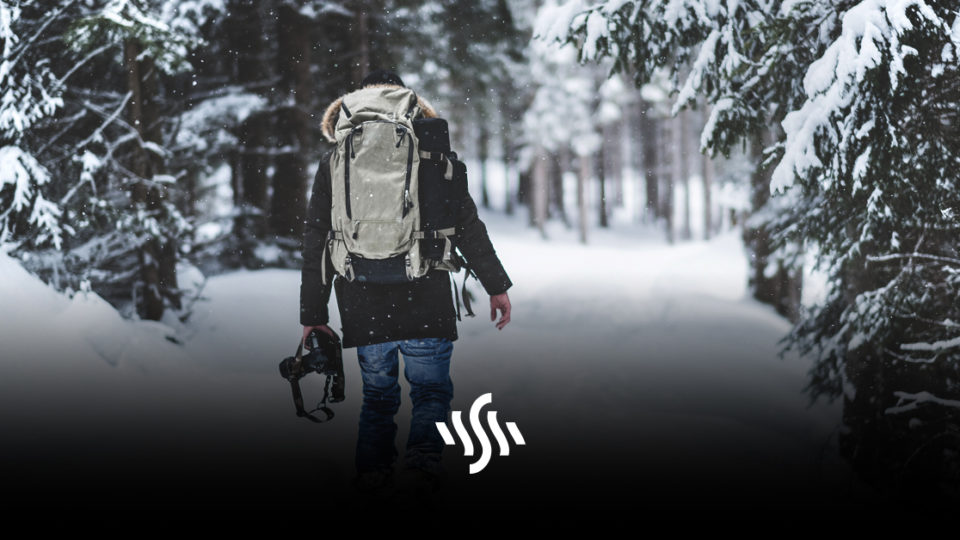Filming in Snow | How to Protect Your Gear
Snowboarding action shots look awesome, but are they awesome for the camera? Here’s how filming in snow can be done safely and effectively!
Much like filming underwater, using camera equipment in challenging environments is always a risk. In order to capture a killer shot, you could be risking thousands of dollars worth of gear. If you’re an independent creator without a big studio budget behind you, the stakes are even higher.
Extreme sports and action shots are always fun to watch, so it makes sense that you’d be keen to film them. Maybe you’re sharing yours and your friends’ skiing activities on your YouTube channel, or perhaps you’re supplying content for a commercial. Whatever your situation, the snow will treat you and your equipment just the same.
We’ve put together some pointers on how you can enjoy filming in snow without damaging your equipment and ruining your trip!
Follow these great pieces of advice from cinematographer Matthias Lebo about filming in snow, and you shouldn’t come up against any problems.
Keep Batteries Warm
Like a mother hen nesting on top of her eggs, you need to look after your batteries like your own offspring. If batteries get cold, they can lose their capacity much quicker. You don’t want to trek all the way up a mountain only for your batteries to die after half an hour.
You can keep your batteries warm by storing them in your breast pocket, or any secure compartment close to your body heat. Putting batteries into equipment warm will make a huge difference to your kit’s performance.
Use Weatherproof Housing
By sealing your cameras in weatherproof casing, you will protect things getting damaged if it’s snowing. After all, snow is just frozen rain, and once that defrosts it’s straight up water.
Water and electronics classically don’t mix well – kind of a no-brainer.
You can get cameras that are already weather sealed. If you don’t have one like this, even a simple umbrella can help protect your camera.
Use ND Filters
Snowy scenes are incredibly bright and white, especially in sunny weather. If you’re shooting the sunny slopes of Chamonix or Meribel, you’re going to need an ND filter.
Matthias Lebo recommends variable ND filters. The reason these are so crucial is that they will stop your footage appearing blown out and overly bright. Depending on the lens you’re using, you may not be able to darken the image enough to achieve great results. An ND filter will allow you to keep the aperture wider, giving better depth of field, without things getting too bright.
Use a Lens Hood
With snowflakes flying around in all directions, it’s inevitable that you’re gonna end up with some on your lens. This results in unwanted splodges all over your shot, potentially ruining an image or footage.
A way to comabt this is to use a lens hood. Attaching one of these to your camera will decrease the number of angles snowflakes could land on your lens. It won’t totally eliminate this, so you still need to consider which way the snowflakes are falling and the position you’re stood in.
Keep Warm
There’s no point having all the necessary gear to keep your camera happy, if you’re left to freeze! It might seem obvious, but it’s important to stay warm yourself. Being wet and freezing cold is pretty unpleasant, especially for extended periods of time.
Make sure you’re dressed appropriately, with layers and waterproof outerwear. If you’re warm and comfortable, you’re far more likely to be able to get quality footage that you’re happy with.
